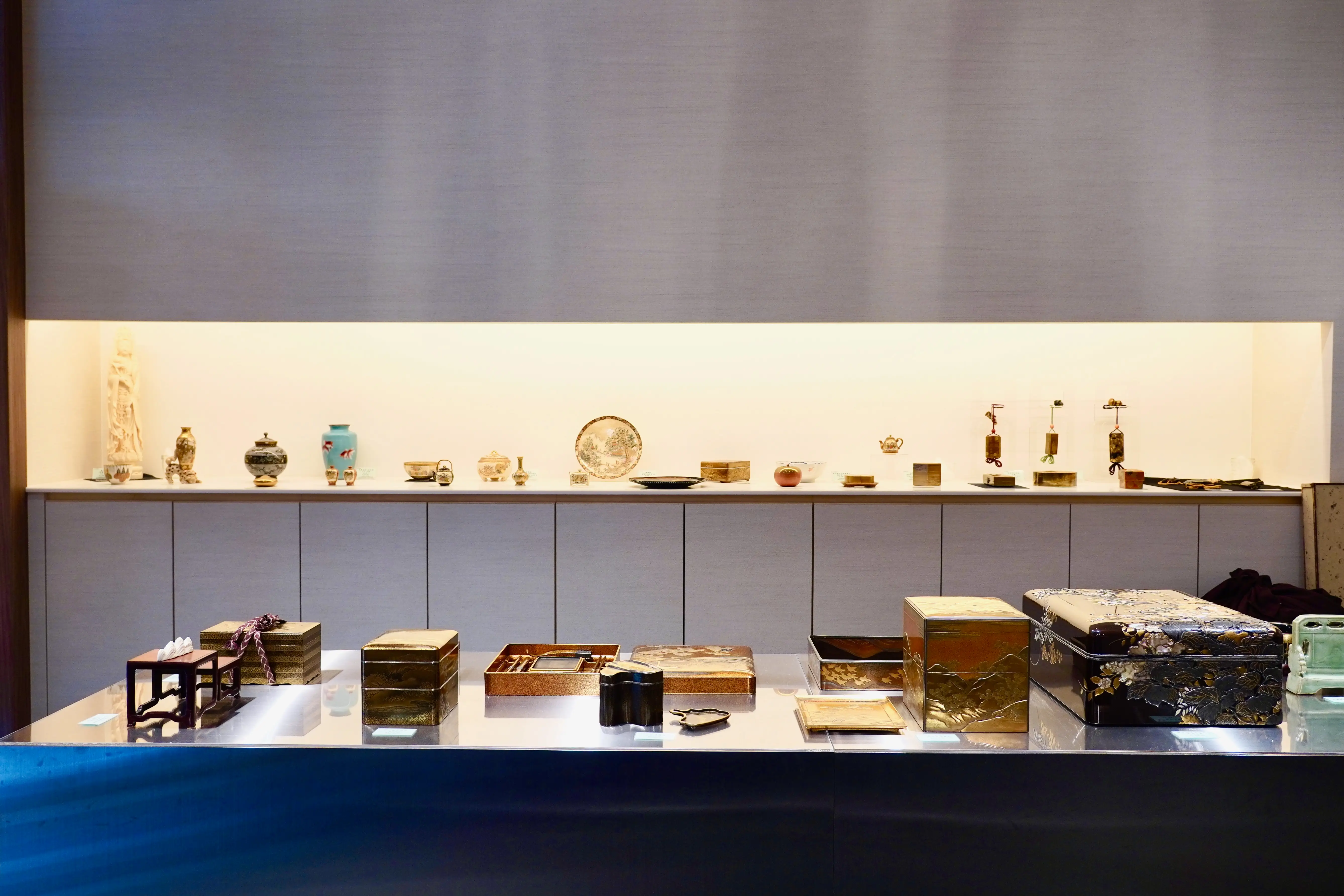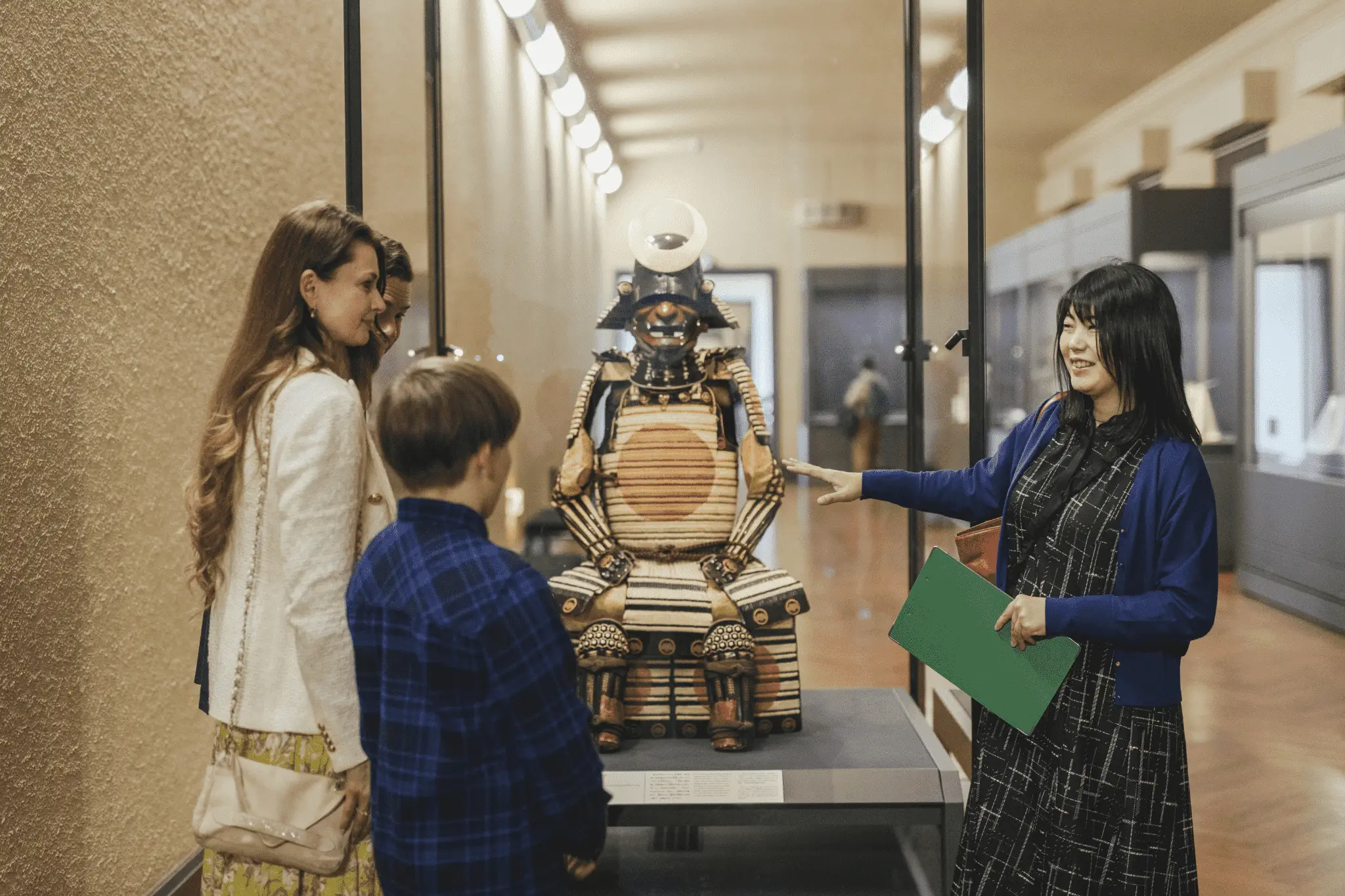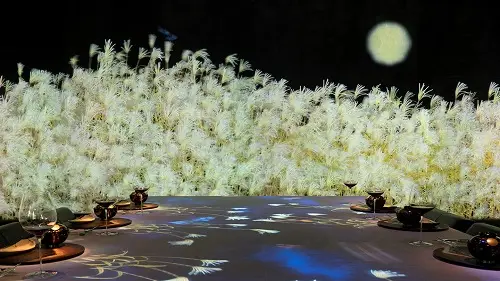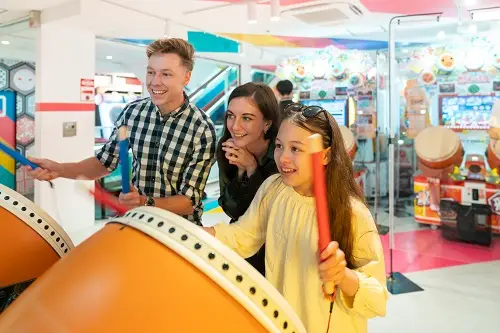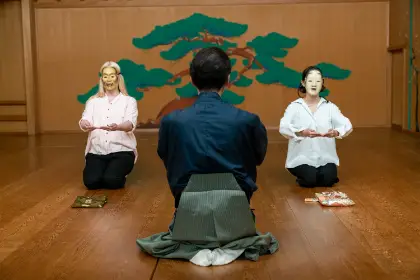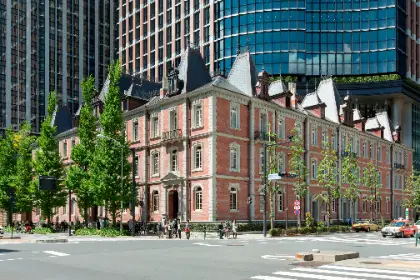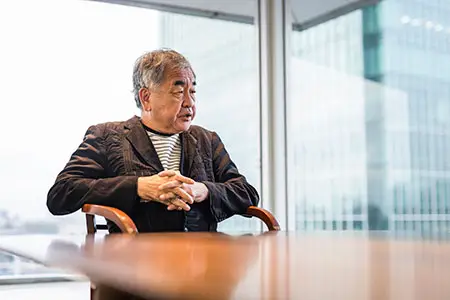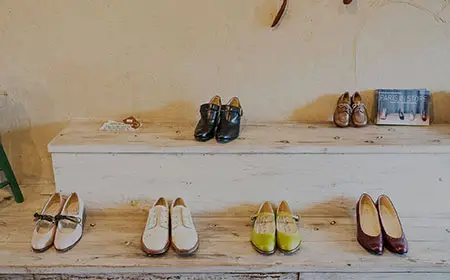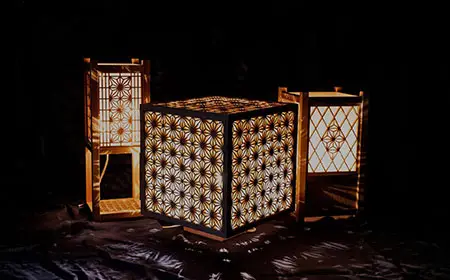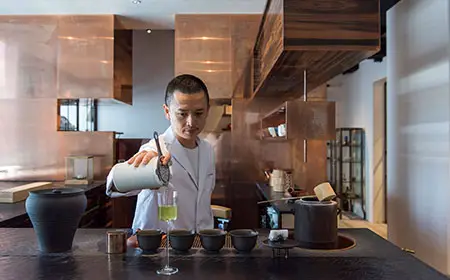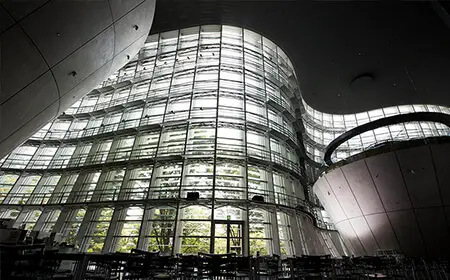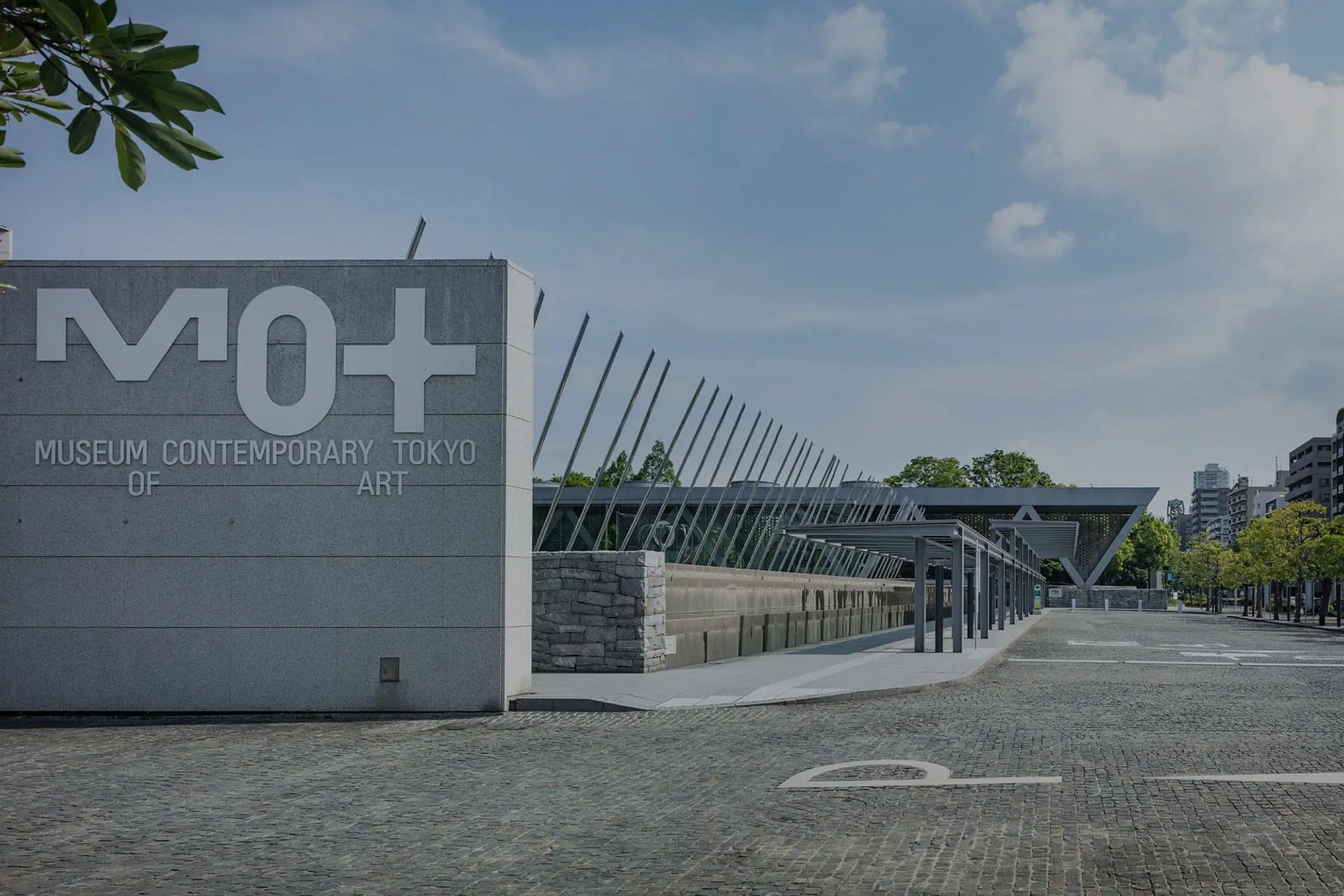
A TREASURE TROVE OF JAPANESE CONTEMPORARY ART
Photo: Kenta Hasegawa
Belying its stern, imposing contemporary design, the Museum of Contemporary Art Tokyo in Koto ward proves to be a fun, stimulating, and surprising place to visit for adults and children alike. It’s a must-visit for contemporary art fans and architecture buffs.
Situated at the north end of Kiba Park in eastern Tokyo, the Museum of Contemporary Art Tokyo (MOT) is one of Japan’s largest museums dedicated to contemporary art. After about a three-year renovation period this glass, steel, and concrete leviathan reopened its doors to the public in March 2019 to much fanfare.
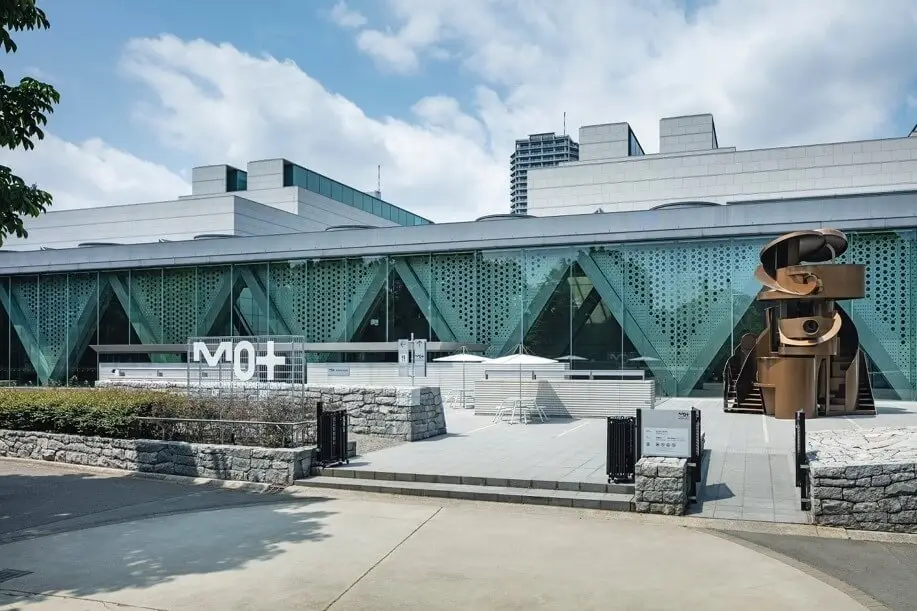 Anthony Caro, Tower of Discovery, 1991 Photo: Kenta Hasegawa
Anthony Caro, Tower of Discovery, 1991 Photo: Kenta HasegawaThe MOT boasts an impressive collection of some 5,400 contemporary artworks ranging from paintings to mixed-media installations to statues. Items from the permanent collection are displayed on a rotating basis in the “MOT Collection” galleries, while temporary exhibitions, usually four each year, showcase borrowed contemporary works of paintings, architecture, fashion, design and more.
The bulk of their holdings comprise post-war Japanese art and pieces from up-and-coming young artists. No other museum in Japan can lay claim to a collection of modern Japanese art so comprehensive and diverse. Also noteworthy at the MOT are the double-height galleries, where the exceptionally high ceilings accommodate displays of large-scale works and installations.
A museum visit might be a rainy-day fallback for many, but exploring the MOT on a sunny morning is well worth the journey east.
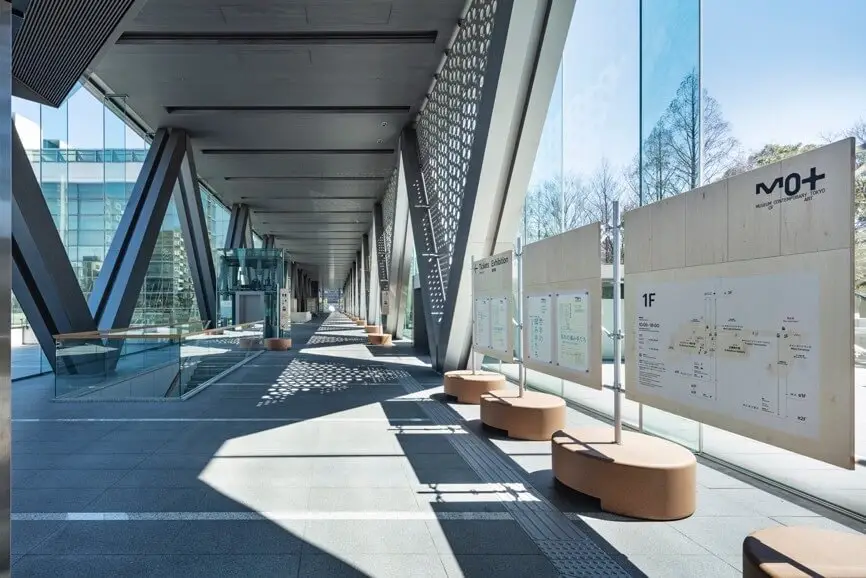 Photo: Kenta Hasegawa
Photo: Kenta HasegawaFloor-to-ceiling glass windows allow visitors to appreciate the airiness of architect Takahiko Yanagisawa’s design. With Kiba Park’s lush greenery outside, the location is tranquil and perfect for a post-visit stroll. Mid-morning, the walls and floor around the entrance seem awash in water droplets—the effect of light filtering through cut-out holes in the triangular metal frames that punctuate the approach.
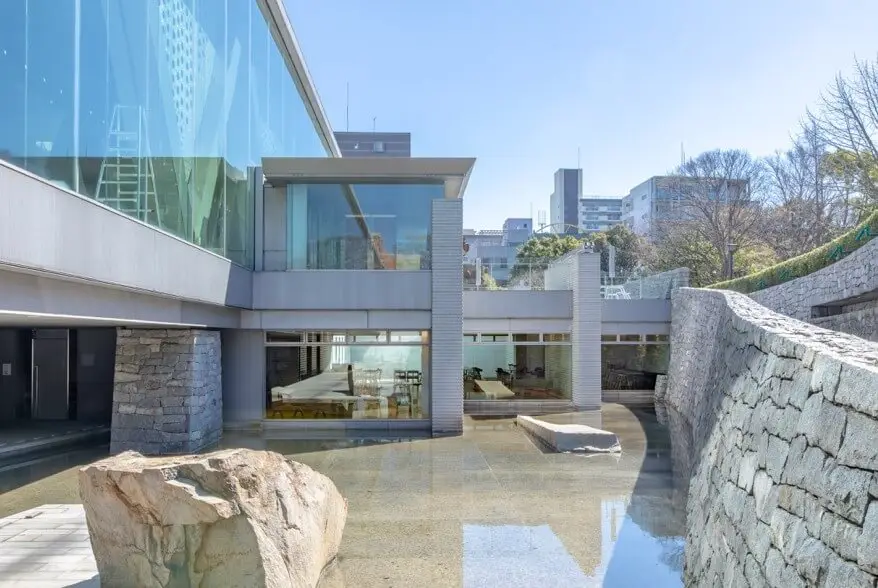 ©smiles
©smiles
Don’t forget to venture down to the basement-level Water and Stone Promenade, accessible from the courtyard or the park-side entrance of the museum. A long path leads to a spacious, semi-subterranean area of stone walkways and shallow ponds. With its clean, geometric shapes, the space evokes a sense of tranquillity and peace.
 Akio Suzuki, An Encouragement of Dawdling; "o to da te" and " no zo mi", 2018-2019
Akio Suzuki, An Encouragement of Dawdling; "o to da te" and " no zo mi", 2018-2019
Photo: Kenta Hasegawa
Akio Suzuki’s “An Encouragement of Dawdling; "o to da te" and " no zo mi"” structures located at various echo points on the museum grounds are some of the more delightful and compelling installations. Stand on top of the plates that have a pair of ears and feet carved into them, and you might just hear a surprise sound, or find yourself more keenly attuned to slight changes in your auditory and visual fields.
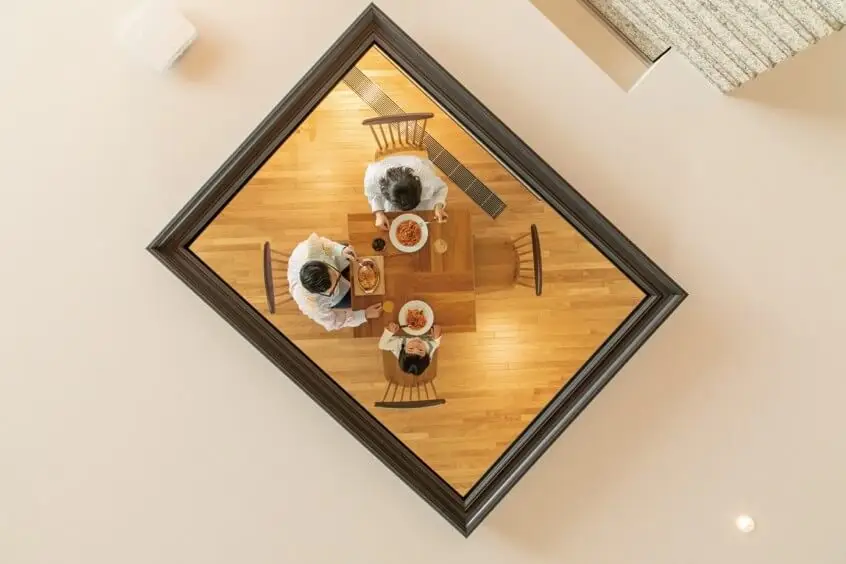 ©smiles
©smilesThe MOT is a more laid-back, welcoming space than most art museums in Tokyo. Barrier-free facilities added during the renovation make this an accessible space, especially for wheelchair users. The café and lounge space and outdoor seating areas are open to the public regardless of whether you are viewing an exhibition or not.
Families with younger children would do well to visit during the summer months, when the museum holds interactive, child-friendly exhibitions during the Japanese school holidays. They may also wish to consider a visit to the on-site family restaurant 100 Spoons. It’s great fun: mirrors set directly above dining tables frame those seated below at several locations. You become, in essence, a moving painting.
There is a fun ‘atelier’ kids space, and the menus also double up as colouring sheets – all great for keeping kids entertained before the food arrives.
Make your visit to the Museum even more memorable. Follow a morning of art with lunch at the much-acclaimed tempura restaurant Mikawa Zezankyo in nearby Monzennaka-cho, followed by a stroll around the stunning Japanese-style Kiyosumi Gardens located a few blocks north. End your afternoon in style with a latte or two at the Kiyosumi-shirakawa outpost of Blue Bottle Coffee Roastery.







